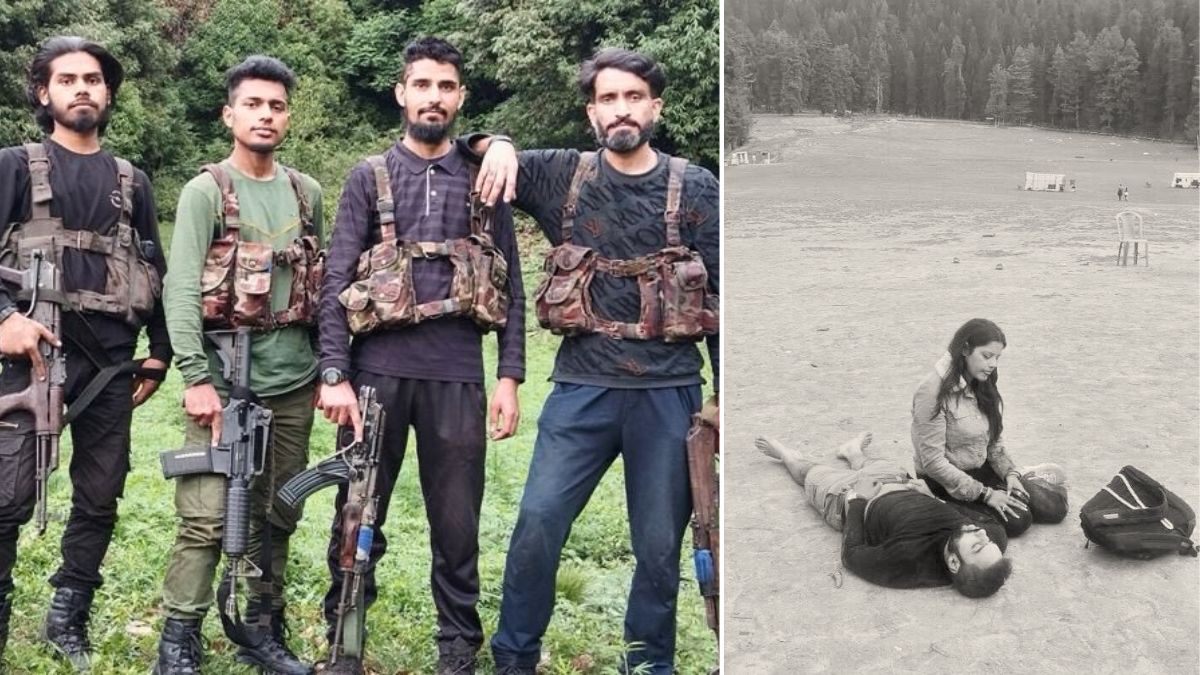While India has already avenged the April 22 gruesome Pahalgam terror attack, the National Investigation Agency (NIA) has revealed that the choice of the location was a calculated one, and not by chance. The sweeping meadow of Baisaran in Pahalgam, known to tourists as ‘Mini Switzerland’ for its alpine charm, was deliberately chosen as the stage for a bloodbath.
On April 22, three gunmen belonging to Lashkar-e-Taiba (LeT) executed a meticulously planned attack here, killing 26 civilians in cold blood. Investigators from the National Investigation Agency (NIA) now say the choice of target was the product of calculation, not chance.
Pahalgam: Was it a target chosen for tourists?
The NIA’s findings point to 3 deciding factors behind the terrorists’ selection of Baisaran – high tourist density; relative isolation; and delayed security response, as the agencies estimated that reinforcements would take time to arrive in the undulating terrain. That window of vulnerability gave the assailants what they sought – maximum casualties before security could respond.
Pahalgam attack: What happened and what was its aftermath?
On the afternoon of April 22, families were scattered across the meadow, some around food stalls, others on pony rides. The attackers fired indiscriminately, turning a tourist haven into a killing field. The brutality of the strike left 26 dead, including children and parents. Survivors described scenes of panic as people scrambled for cover, with the attackers showing no distinction between adults or children.
Who was behind the deadly killings?
The NIA investigation revealed that the assault was carried out by 3 Pakistani nationals affiliated with LeT. After the attack, the gunmen melted into the Dachigam-Harwan forest belt on the outskirts of Srinagar. For over three months, they managed to evade capture. The manhunt ended on July 28 with Operation Mahadev, a joint security operation in which all three terrorists were killed.
Their presence in the forested zone had been tracked through sustained intelligence gathering, officials said.
Local links in Pahalgam attack?
The investigation also uncovered the local support network that enabled the strike. Two men – Parvaiz Ahmad Jothar of Batkote and Bashir Ahmad Jothar of Pahalgam – were arrested in June. The NIA said they had provided food, shelter, and logistics to the attackers and later disclosed their identities during interrogation. Both men are now facing trial for harbouring foreign terrorists.
India’s counterstrike: How India reacted to Pahalgam horror?
The Pahalgam attack triggered a decisive military response. On May 7, less than three weeks after the massacre, the Indian armed forces launched Operation Sindoor, striking nine terror hubs across Pakistan and Pakistan-occupied Kashmir. Among the targets were Lashkar and Jaish-e-Mohammed headquarters and training facilities — locations from where multiple cross-border attacks have historically been planned.
